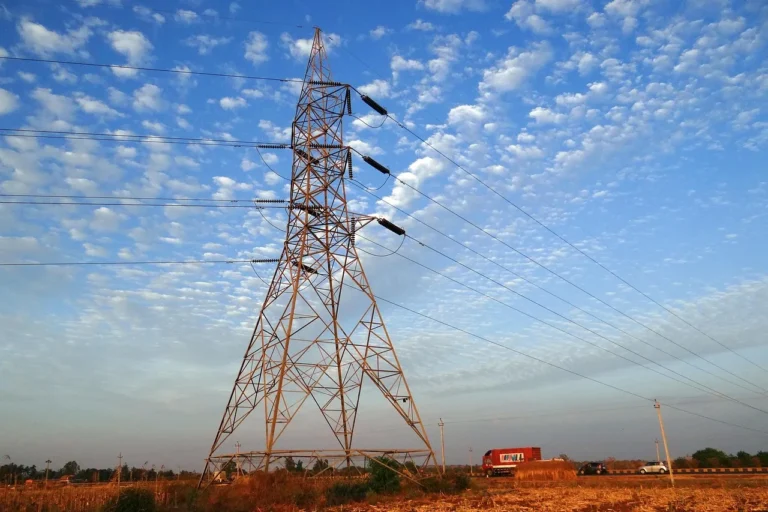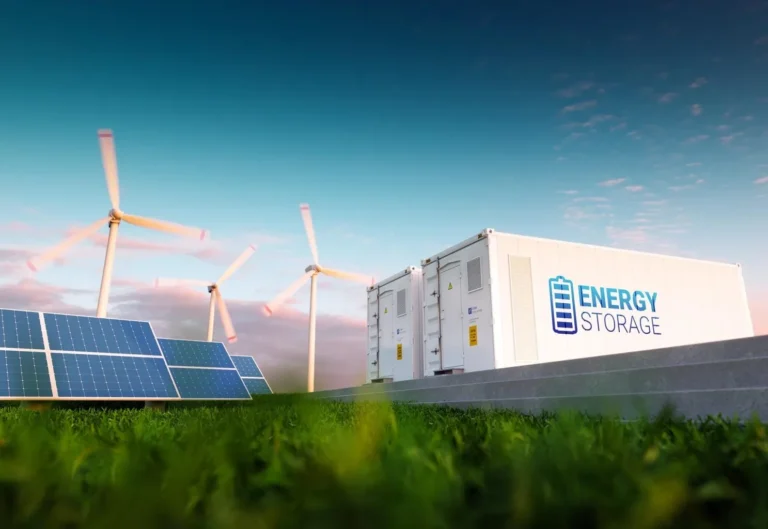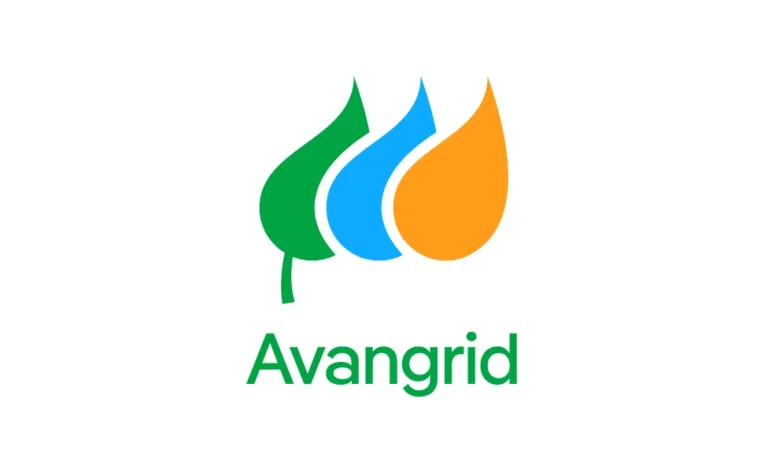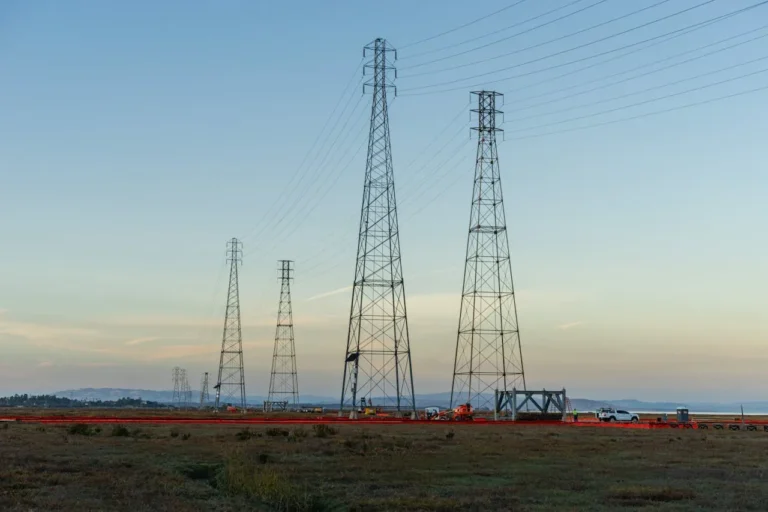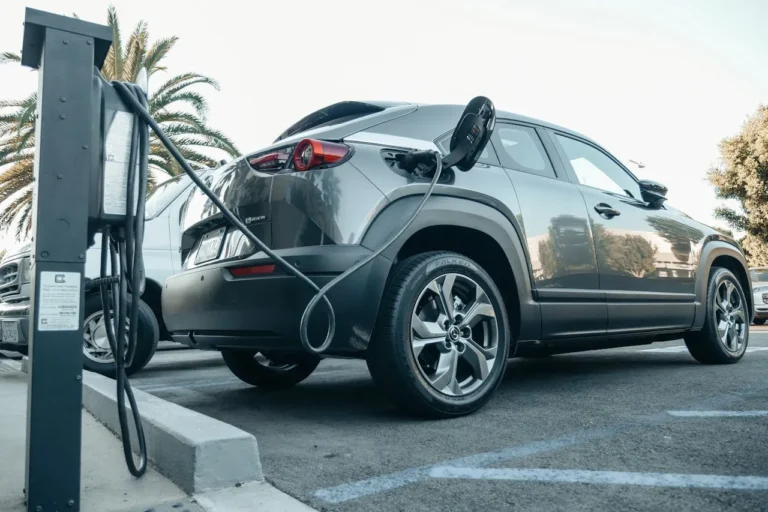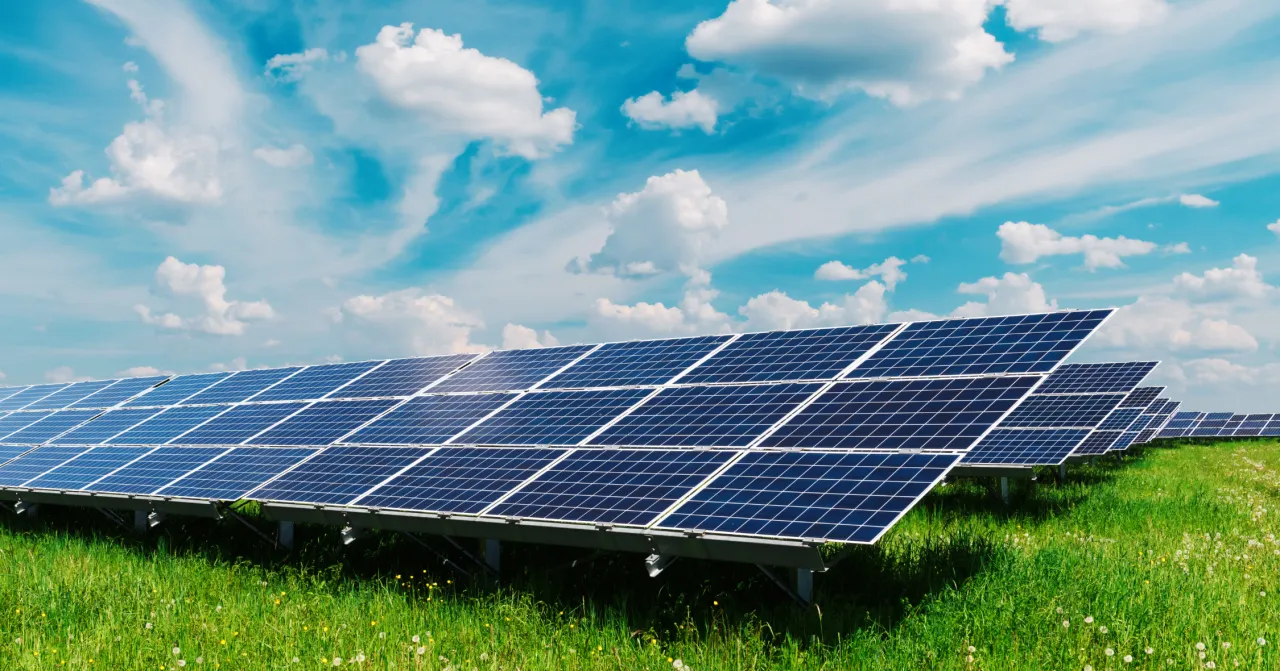
Ameresco SUNEL Energy SA Secures €303.4 Million EPC Contract for 466 MWp Solar Projects in Romania, Marking a Major Step Toward Energy Transition and Coal Phase-Out
Ameresco SUNEL Energy SA, a dynamic joint venture formed by the U.S.-based energy efficiency and renewable energy leader Ameresco, Inc. and the internationally recognized SUNEL Group, has officially announced its latest breakthrough: the signing of a €303.4 million Engineering, Procurement, and Construction (EPC) contract for the development of three major solar power projects in Romania. These solar parks, located in the southwestern region of the country, will have a total combined capacity of 466 megawatts peak (MWp) — representing a significant leap forward in Romania’s clean energy transition.
The projects are expected not only to substantially boost Romania’s renewable energy production but also to serve as a vital component of the country’s national energy security strategy. By replacing outdated coal-fired power plants, these new solar parks will directly support Romania’s goal to phase out coal by 2032, in alignment with the European Union’s broader climate and decarbonization targets.
A Strategic Vision for Romania’s Renewable Future
As Romania continues to navigate its energy transformation in line with EU policies, including the European Green Deal and REPowerEU objectives, the country has emerged as a focal point for clean energy investment in Eastern Europe. The deployment of over 466 MWp of solar capacity reflects this broader shift and the government’s commitment to fostering sustainable economic development while reducing its reliance on fossil fuels.
These new solar parks are not only expected to deliver significant environmental benefits but also create local jobs, stimulate regional economic activity, and attract additional foreign investment into Romania’s growing green energy market.
Ameresco SUNEL Energy SA: A Leading Force in European Renewable Development
As the designated EPC contractor for these projects, Ameresco SUNEL Energy SA is charged with a comprehensive scope of responsibilities including design, engineering, procurement of materials, construction, commissioning, and operational maintenance of the facilities. This end-to-end oversight ensures that the solar parks will be developed according to the highest standards of efficiency, reliability, and environmental performance.
In a public statement, Pete Christakis, President of East USA and Managing Director of Ameresco SUNEL Energy SA, emphasized the significance of the project:
“These projects exemplify our commitment to advancing renewable energy solutions and underscore the importance of Europe’s growth and stability. By leveraging our expertise and resources, we are not only helping Romania achieve its clean energy goals but also reinforcing our strategic diversification across Europe.”
The solar parks will incorporate cutting-edge photovoltaic (PV) technology, utilizing over 757,000 fixed-tilt solar modules. This configuration is designed to optimize solar irradiance capture and enhance electricity generation efficiency across varying climatic conditions in the region. Once operational, the systems are projected to offset approximately 734,789 metric tons of CO₂ emissions annually, making a measurable contribution to both national and EU-wide carbon reduction goals.
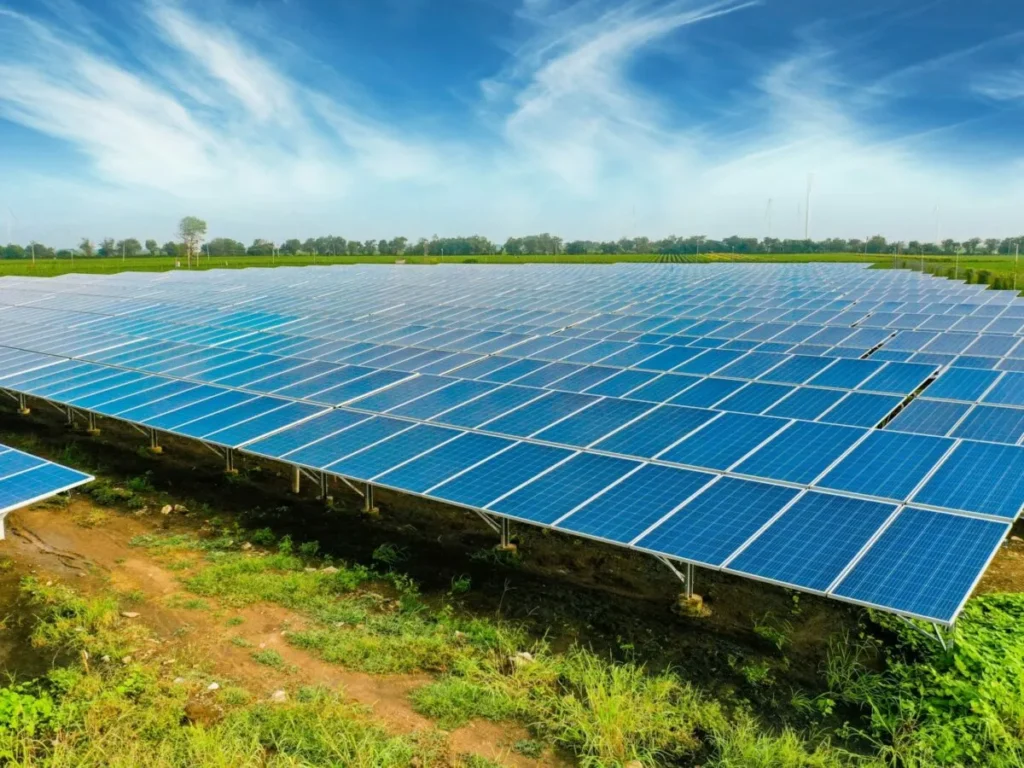
Enabling Decarbonization and Energy Independence
The deployment of these solar parks is strategically aligned with Romania’s national energy and climate plans (NECPs), which target a 30.7% share of renewable energy in gross final energy consumption by 2030. Furthermore, these efforts dovetail with Romania’s energy independence initiatives, especially in light of recent geopolitical dynamics that have underscored the vulnerability of relying heavily on imported fossil fuels.
By displacing carbon-intensive coal generation and enhancing grid resilience through localized renewable generation, Romania can reduce its energy import dependence, lower emissions, and improve air quality for its citizens.
In his remarks, Konstantinos Zygouras, Vice President at Ameresco SUNEL Energy SA, reflected on the long-term implications of the partnership:
“Romania’s vast solar potential, combined with strategic investments in renewable energy, will position the country as a leader in Europe’s clean energy transition. We are proud to partner with OMV Petrom and other key stakeholders to drive this ambitious project forward, fostering economic growth while contributing to a more sustainable future.”
Partnership and Investment Landscape
The announcement also highlights Ameresco SUNEL Energy SA’s growing presence in the European renewable market. Their joint venture model blends Ameresco’s deep technical and operational expertise in energy infrastructure projects with SUNEL Group’s world-class experience in large-scale solar EPC deployment across Europe, the Middle East, and North Africa.
The funding and execution of this project mark one of the largest EPC solar deals in Romania to date. The €303.4 million investment underscores growing confidence in the country’s renewable energy sector, particularly among global investors and green energy developers seeking stable markets and long-term project pipelines.
While the specific financial and ownership details were not disclosed, the project is reported to involve collaboration with OMV Petrom, Romania’s largest energy company, which has been gradually pivoting toward renewable energy investment as part of its broader decarbonization strategy. Such collaborations bring together traditional and emerging energy stakeholders to accelerate the clean energy transition in a way that is financially sustainable and technologically robust.
Construction Timeline and Economic Impact
Construction on the three solar parks is expected to be completed over the course of the next 18 months, with commissioning planned for 2026. This rapid timeline reflects the technical maturity of solar PV deployment and Romania’s commitment to expediting renewable energy integration to meet near-term targets.
The projects are anticipated to generate significant direct and indirect employment, both during the construction phase and throughout the ongoing operations and maintenance lifecycle. From skilled labor and engineering to supply chain and logistics, the positive economic ripple effects are expected to extend across local and regional levels.
Environmental and Social Benefits
Beyond the direct energy and economic outcomes, the environmental benefits of these projects are particularly compelling. By preventing nearly three-quarters of a million tonnes of carbon emissions each year, these solar parks contribute to improving local air quality, reducing water consumption associated with thermal power plants, and mitigating the health impacts linked to fossil fuel combustion.
Furthermore, by shifting away from centralized coal power stations to decentralized solar infrastructure, Romania can also bolster grid resiliency, reduce transmission losses, and improve the reliability of its national power system — especially during periods of peak demand or fuel supply disruptions.
A Model for Clean Energy Growth in Eastern Europe
Romania’s commitment to renewable energy, bolstered by international partnerships like Ameresco SUNEL Energy SA, sets a compelling precedent for other Eastern European nations. As the region seeks to modernize energy systems, reduce carbon footprints, and stimulate green jobs, projects of this magnitude demonstrate what is possible when policy, investment, and technology converge.
The 466 MWp solar development is more than just a milestone for Romania — it’s a beacon for what energy transition looks like at scale. It also positions Ameresco SUNEL Energy SA as a premier EPC contractor capable of delivering impactful, utility-scale renewable infrastructure projects across diverse geographies.
As global attention intensifies on climate solutions and energy resilience, this initiative places Romania firmly on the map as a proactive player in Europe’s clean energy future. The synergy between national policy, corporate strategy, and environmental responsibility has created fertile ground for sustainable development, and this project serves as a clear and powerful example of that alignment in action.




